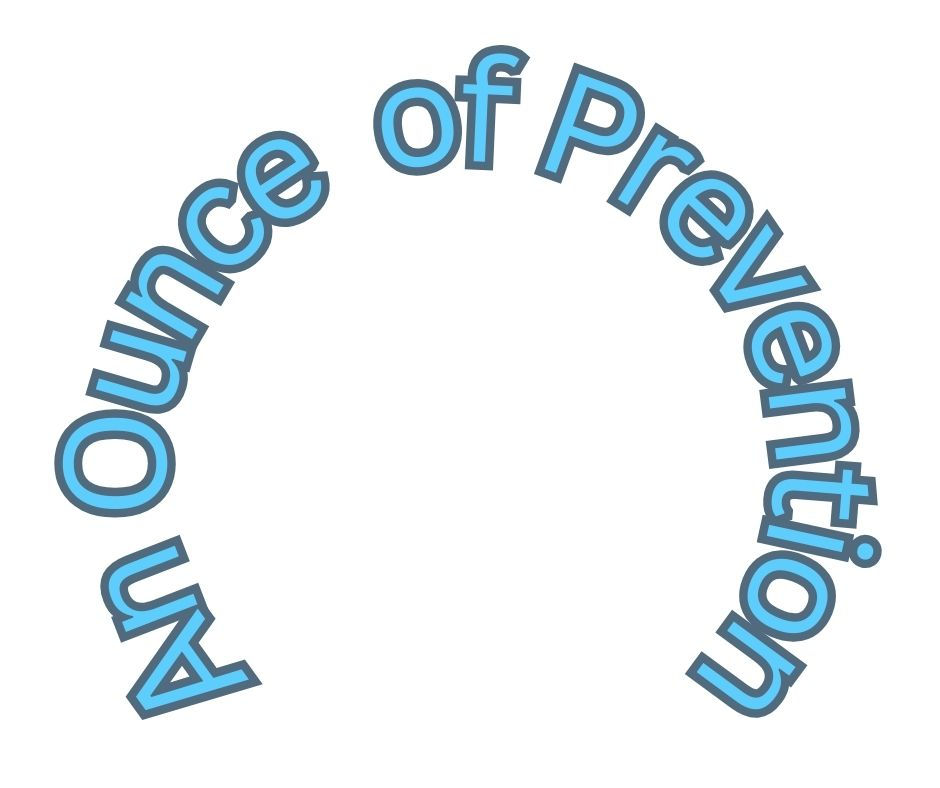Dog Reactivity: Management Is Not Just Okay — It’s Essential
- kelleylivingston23
- Sep 12, 2025
- 5 min read
Updated: Sep 16, 2025
When most people think of dog training, they picture changing a dog's behavior. But for owners working on dog reactivity or anxious dog training, there’s are other important pieces of the puzzle that sometimes gets overlooked—or even unfairly criticized.
One very important piece is management.

What Is Management in Reactive Dog Training?
Management means setting up your dog’s environment so that reactive or anxious behaviors don’t get practiced while working through the various steps of training.
What this "ounce of prevention" can look like:
Using a crate in the car to prevent barking or anxious behavior during rides.
Closing blinds to reduce over-arousal.
Using a gate indoors to prevent door-dashing.
Feeding dogs separately to prevent tension in multi-dog households.
Using a leash to prevent your dog darting after a squirrel.
None of these things are “cheating.” They are practical, easy ways to help dogs succeed while we decide which behaviors we want to focus our reactive dog training on.
Why Does Management Get a Bad Rap?
In some circles, management is seen as a shortcut, or something you use only when you haven’t “done the training.” That doesn’t make sense, because humans manage their own lives constantly.

For example, my husband isn’t a chit-chatty person. He enjoys conversation, but he prefers deeper topics. So, we manage our social calendar—we don’t plan multiple light, chatty events in a week. I’m the same way with my introversion: I need downtime between social engagements. That’s not a flaw; it’s management.
Yet when it comes to dogs, there’s still a belief that they should be “bulletproof,” able to handle any situation we throw at them. But dogs, like people, are individuals with preferences and personalities. Expecting them to cope with everything without support isn’t realistic—or fair.
As one of my teachers, Kathy Kawalec, wisely said: “We make concessions for those we love.” We naturally adjust our expectations, schedules, and environments for our partners, children, and friends. It only makes sense that we extend the same compassion to our dogs—especially those dealing with dog reactivity or anxiety.
Why Management Matters in Anxious Dog Training
Every time a dog practices a reactive or anxious behavior, it gets stronger. Management helps us prevent problems from getting worse while we focus on one training goal at a time.

For example:
If your dog reacts to every passerby outside, you might cover windows or use white noise while you focus on calmer greetings with guests.
If your dog jumps on visitors out of anxiety, you might use a baby gate to give them space until you’re ready to work on polite greetings.
If your dog steals food due to stress or excitement, you can simply manage by keeping food out of reach, instead of fighting a constant uphill battle.
Management as a Long-Term Choice
Sometimes, people choose to use management forever for certain situations, or simply because it's more convenient—and that’s okay. For instance, maybe you never train your dog to roam freely in the front yard, but you always use a fence or leash instead. That doesn’t make your dog “less trained”—it makes you a responsible guardian who understands what works best for your household.
Maybe your dog is sensitive to touch or may even shy about people invading their space or getting "handsy" with them. In this case, you may decide to provide a safe space for your dog to retreat to when you are unsure how your visitors respond to dogs, or you cannot be fully present to support your dog if they get over-whelmed.
Others may combine both training and management. Maybe you teach your dog to relax when visitors arrive, but you also use a crate when hosting large parties. That’s not a failure—it’s balance, and it’s part of effective reactive dog training.
A Fair Way to Live Together
The truth is, we don’t live our own human lives without management. We choose the restaurants we enjoy, limit the kinds of social events we attend, and design our homes to support our lifestyles.
The human world is not exactly designed for dogs. We love having them in our lives, but things like slowing down on walks, not barking at strangers, greeting everyone calmly but happily, and the noise of modern life, don't exactly make sense to them. Management helps us bridge that gap and keep everything running smoothly.

Management isn’t laziness, failure or lack of skill. It’s a practical tool for success, and a simple way to prevent problems. It gives them the support they need, just like we support ourselves and our loved ones.
Because when it comes down to it, Kathy’s words ring true: "we make concessions for those we love".
Quick & Practical Management Tools for Reactive or Anxious Dogs
Here are some everyday strategies to help manage dog reactivity and support anxious dog training:
Doggy seat belts — keep car rides safe and reduce stress-related movement.
Exercise pens (x-pens) — create safe indoor space without full exposure to triggers.
Mat or Bed — give your dog a calm spot while you cook or move around.
Chew stations — provide positive outlets for anxious energy.
Visual barriers — solid gates or frosted films on doors to reduce reactivity triggers.
Seperate Feeding Stations — prevent food-related stress in multi-dog homes.
Door management — use signs or delivery boxes to reduce anxiety around visitors.
Strategic rest — schedule quiet time before stressful events to prevent overarousal.
These simple adjustments allow your reactive or anxious dog to succeed, giving training the best chance to work while preventing problem behaviors from growing.
WHAT'S NEXT?
If you missed the blog on the difference between Excited and Anxious Reactivity, here is the link:
For understanding anxious and fear reactivity in dogs, click here:
All about leash reactivity and frustration:
Dog Reactivity- overexcitement:
The story of my reactive dog's gift to me:
If you need more help with your dog now, request your FREE discovery call to get acquainted.
Get FREE ebook, "5 tips for calming excited, anxious, and reactive dogs":
Subscribe to my updates and tips for living a happy and calm life with your dog.
You can also work with me, and my services can be found with the following links:
Reactive Dog Training help:
Anxious Dog Training help:
Get Help Walking Your Dog at Your Favorite Place:
Anxious/Excited Dog Training Classes:
Group Dog Training Walks (aka Pack Walks)
If you aren't sure which service is right for your dog, please reach out for a free discovery call.




Great article! Management definitely saves the relationships in our house. :)